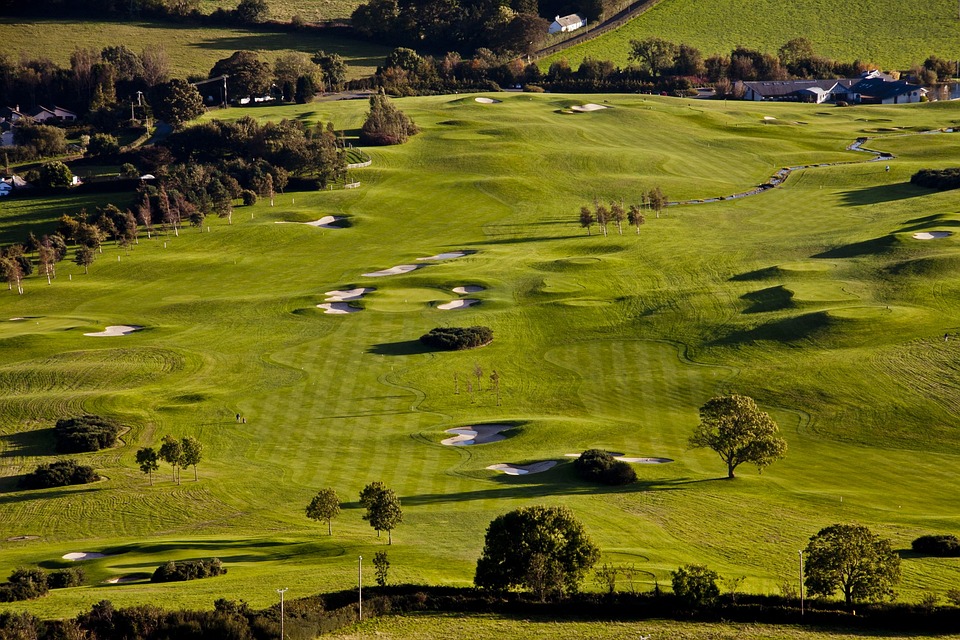
Golf, a sport known for its precision and technique, has a history that spans centuries. The game we know today has evolved from a variety of influences, and its origins can be traced back to ancient times. From its humble beginnings to its rise in popularity as a global sport, the history of golf is a fascinating journey that showcases the sport’s enduring appeal.
Ancient Origins
The origins of golf can be traced back to ancient civilizations, where games involving hitting a ball with a club were played. One of the earliest forms of golf-like games was the Roman game of “Paganica,” where players used a bent stick to hit a stuffed leather ball. Similar games were also played by the Chinese, Persians, and other ancient cultures, demonstrating the widespread appeal of ball-and-club games throughout history.
One of the most significant influences on the modern game of golf was the game of “kolven” in the Netherlands, which was played in the 17th century. Kolven involved hitting a wooden ball with a curved stick, and it is considered a direct ancestor of the game of golf. The popularity of kolven spread to other European countries, eventually leading to the development of the modern game of golf as we know it.
The Birth of Modern Golf
The modern game of golf began to take shape in Scotland in the 15th century. It was during this time that the first recorded mention of golf was made, in an ordinance issued by King James II of Scotland in 1457, which prohibited the playing of “gowf” and “futball” to focus on archery practice. This early mention of golf demonstrates the growing popularity of the game in Scotland during this period.
By the 16th century, golf had become a popular pastime in Scotland, with the formation of the first golf clubs and the establishment of formalized rules for the game. The “Old Course” at St Andrews, considered by many as the “home of golf,” was established during this time and became one of the first places where golf was played on a regular basis.
The Spread of Golf
As the game of golf continued to evolve in Scotland, it eventually spread to other parts of the world. The development of golf clubs and the creation of formalized rules helped to popularize the sport, and soon golf courses were being established in England, France, and eventually the United States.
The 18th century saw the formalization of the rules of golf, with the establishment of the Royal and Ancient Golf Club of St Andrews in 1754, which helped to standardize the rules and regulations of the game. This formalization of the sport played a crucial role in its spread and development, leading to the creation of the first golf tournaments and championships in the 19th century.
Golf in the Modern Era
By the 20th century, golf had become a global sport, with the establishment of professional tours, major championships, and a growing number of enthusiasts around the world. The game’s popularity continued to grow, with the introduction of televised coverage, the rise of superstar players, and the development of state-of-the-art golf courses.
Today, golf is played by millions of people worldwide, and the sport continues to evolve with advancements in technology, changes in rules and regulations, and a growing focus on inclusivity and accessibility. The history of golf is a testament to the enduring appeal of the sport and its ability to adapt and thrive in the modern era.
Conclusion
The history and origins of golf are a fascinating journey that showcases the sport’s enduring appeal and evolution over centuries. From its ancient origins to its rise as a global sport, golf has a rich and storied history that continues to captivate enthusiasts around the world. As the sport continues to evolve, its history serves as a reminder of the enduring appeal of golf and its ability to adapt and thrive in the modern era.


 Previous Post
Previous Post Next Post
Next Post